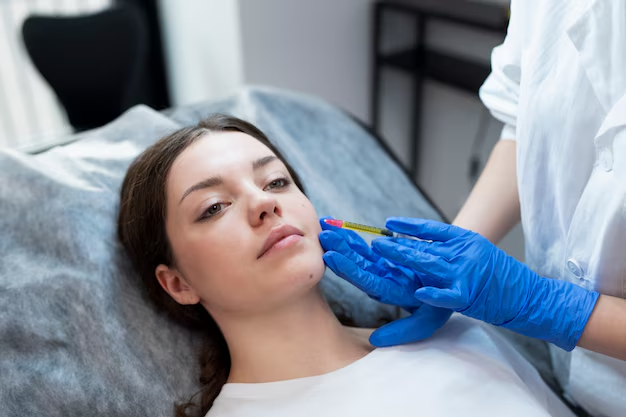Subcision is a minimally invasive procedure designed to treat depressed scars caused by acne, trauma, or other factors. By breaking up the fibrous tissue that pulls the skin down, subcision helps to smooth and even out the surface of the skin. Discover how this effective treatment can improve your skin texture at our clinic.
READ MORE
Subcision treatment is a minimally invasive surgical procedure used to treat depressed scars, such as those caused by acne, chickenpox, or trauma. This technique involves inserting a small, specialized needle or blade under the skin to break up the fibrous bands of tissue that tether the skin down, creating the appearance of a depression. By releasing these bands, the skin can rise and smooth out, resulting in a more even surface.
The procedure stimulates collagen production, which helps to further improve the texture and appearance of the skin over time. Subcision is often combined with other treatments, such as fillers or laser therapy, to enhance the overall results.
During a subcision treatment, the area to be treated is first cleansed and marked. A local anesthetic is then administered to ensure the patient's comfort throughout the procedure. Once the area is numb, a specialized needle or cannula is inserted just beneath the skin's surface. The practitioner moves the needle in a fanning motion to break up the fibrous scar tissue bands that are pulling the skin downward. This process can create a popping or snapping sensation as the bands are released. The entire procedure typically takes between 30 minutes to an hour, depending on the number and size of the scars being treated.


After the subcision procedure, patients may experience some immediate redness, swelling, and bruising in the treated area. These effects are usually reduced within a few days to a week. To minimize discomfort and swelling, applying a cold compress intermittently for the first 24-48 hours is recommended. It is also important to keep the treated area clean and avoid strenuous activities that could exacerbate swelling. Patients are advised to follow any specific aftercare instructions provided by their practitioner, such as applying prescribed topical treatments and avoiding sun exposure.
In the days and weeks following the procedure, patients may notice gradual improvements in the appearance of their scars as collagen production increases and the skin heals. Multiple sessions may be necessary to achieve optimal results, and follow-up appointments will be scheduled to monitor progress and make any necessary adjustments to the treatment plan.
Copyright © Sparsh. All Rights Reserved by Multiple Revolution